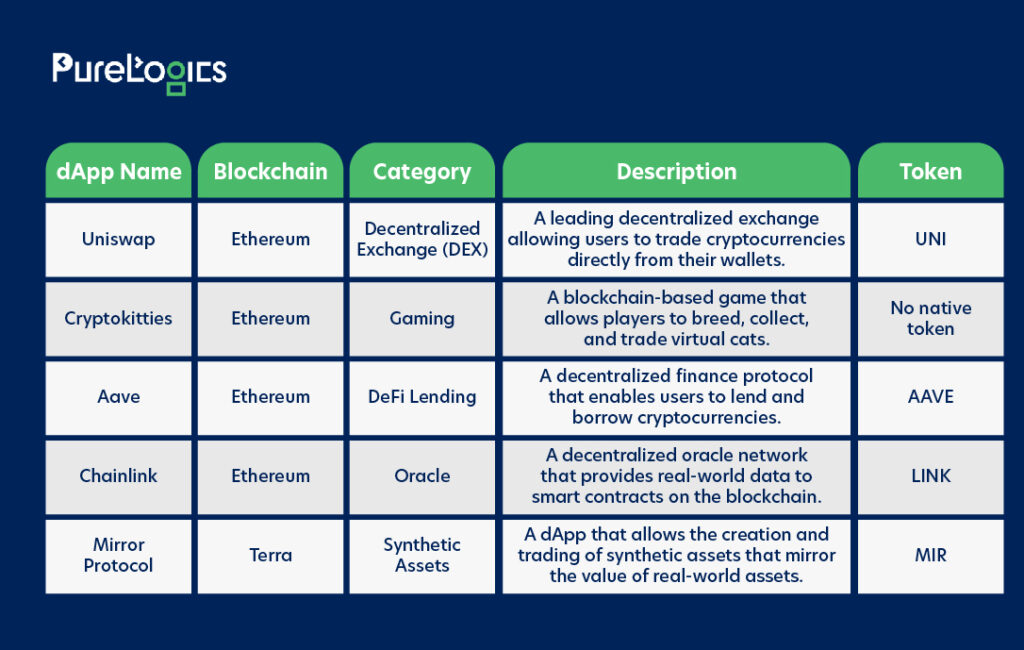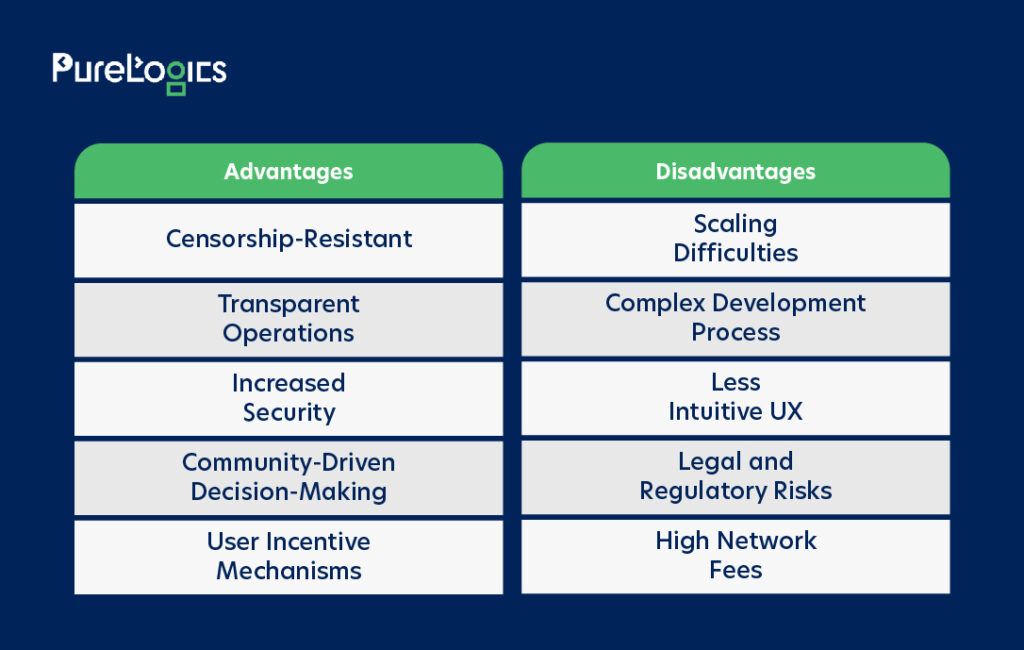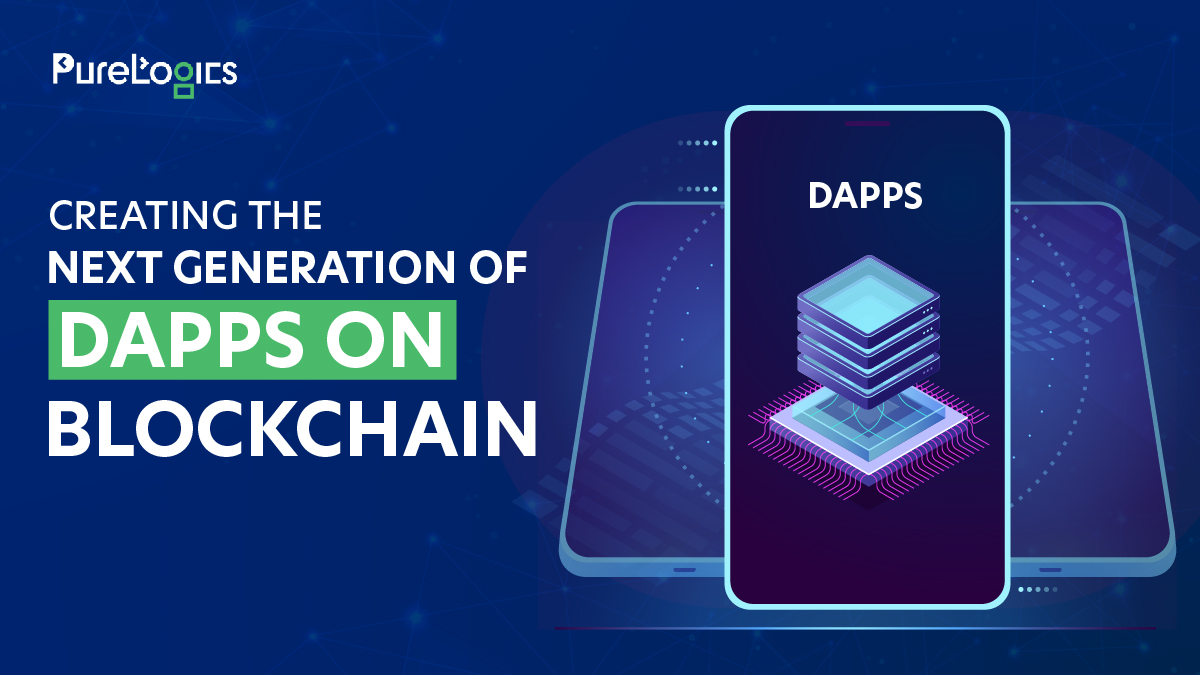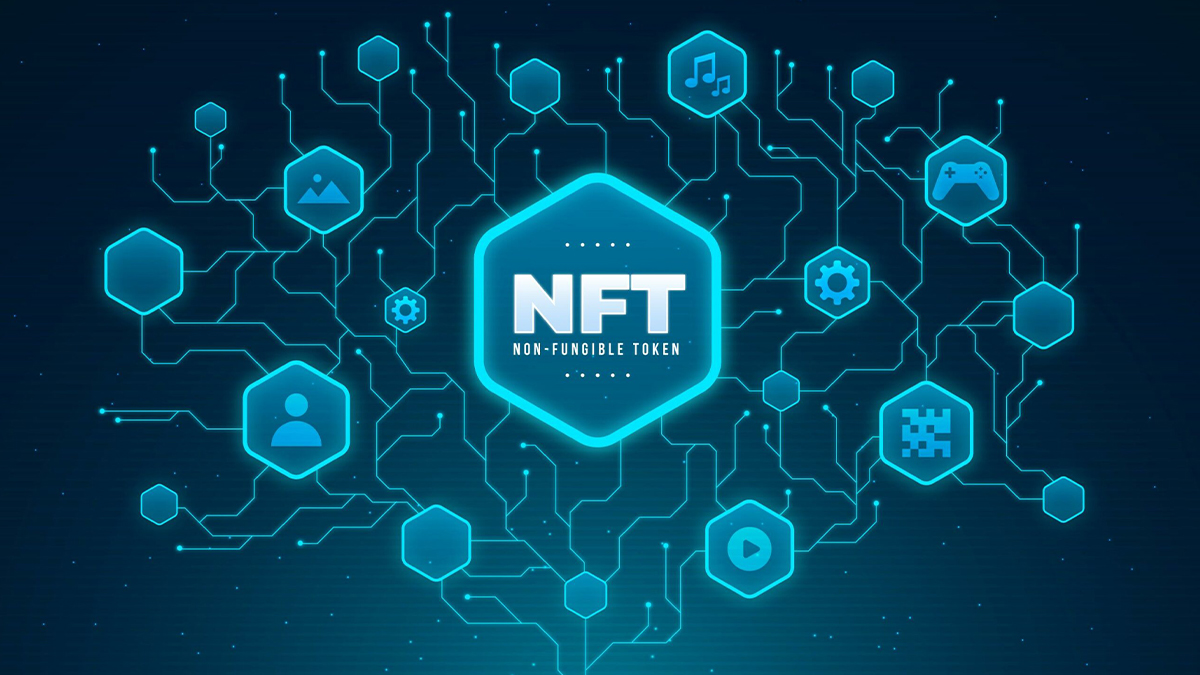Nowadays, cryptocurrencies and blockchain are the global hot topic. As per international reports, the global blockchain market is expected to reach $69.04 billion by 2027. Decentralized ledger technologies have gained more popularity. You would have seen many news articles using phrases such as crypto-wallets, bitcoin, and NFTs. Decentralized applications or dApps are something about which media outlets talk rarely.
A dApp is a software application that operates on a decentralized network like blockchain. These apps are decentralized as they are developed using a decentralized network; it means that a single organization or entity can’t control them. It is a decentralized network of users that run and maintain the dApps.
Suppose you have the Twitter application on your phone. You are open to post anything on Twitter but ultimately a single company controls it. The company can remove your post if they don’t meet the community guidelines or violate any of their policies. But if the Twitter application was a dApp, a single entity would never be the owner of the app. It would be completely decentralized and nobody had an authority to delete the post including the creator of the post.
On decentralized applications, multiple people can produce content and consume content. The following are some key requirements of decentralized apps:
Open Source: dApps must be open source and their codebase must be openly available for all users. Changes in the design and functionalities of the application should only be done with the consent of the majority.
Decentralized: dApps should be completely decentralized with all the data and processes stored on a blockchain (public and decentralized) to ensure both security and transparency.
Incentive: Decentralized apps should also offer incentive to their users like cryptographic tokens. The tokens are a type of liquid asset. The purpose behind providing incentives is to encourage users to use the blockchain dApp ecosystem.
Protocol: A protocol should also be the key requirement of decentralized apps. dApps should have a particular protocol to demonstrate proof of value. This means showing the value of a particular process in a way that can be easily verified by others.
Feeling Lost in DApp Development?
Unlock the roadmap to building user-friendly, scalable DApps with our guide.
How dApps Work
Decentralized applications (dApps) operate differently from traditional apps due to their underlying technology—blockchain. Unlike conventional apps, where a central server controls all operations, dApps run on a decentralized network of nodes. These nodes are individual computers that share and verify transactions or operations on the blockchain. This decentralization ensures that no single entity has control over the entire application, making dApps resistant to censorship, fraud, and downtime.
At the core of a dApp is a smart contract—self-executing code that runs on the blockchain. Smart contracts facilitate, verify, and enforce the terms of an agreement without the need for intermediaries. When certain conditions are met, the smart contract automatically executes the agreed-upon actions, ensuring transparency and trust in the process.
For example, consider a decentralized marketplace dApp. The smart contract could automatically release payment to the seller once the buyer confirms receipt of the goods. This eliminates the need for a third party, reducing costs and increasing efficiency.
5 Popular dApps
Here are five popular dApps that have gained significant traction in the blockchain ecosystem:

Building Blocks of dApps: Essential Technologies and Tools
Building a dApp requires a robust set of technologies and tools that work together to create a seamless, secure, and efficient application. Here are the essential components:
Blockchain Platform: The foundation of any dApp. Popular platforms include Ethereum, Binance Smart Chain, and Polkadot, each offering unique features and advantages.
Smart Contracts: The backbone of dApps. These self-executing contracts automate processes and ensure that all transactions are transparent and immutable.
Front-End Interface: While dApps run on the blockchain, they still require a user-friendly interface. Frameworks like React, Angular, or Vue.js are commonly used for building the front end.
Web3.js or Ethers.js: These JavaScript libraries enable interaction between the front-end interface and the blockchain. They allow developers to connect dApps with the underlying blockchain and execute smart contracts.
Wallet Integration: For users to interact with dApps, they need a cryptocurrency wallet like MetaMask. Wallets manage users’ private keys and facilitate transactions on the blockchain.
Decentralized Storage: Traditional databases won’t work for dApps. Instead, decentralized storage solutions like IPFS (InterPlanetary File System) or Filecoin are used to store data securely across a distributed network.
Oracles: To fetch real-world data that isn’t natively available on the blockchain, dApps use oracles. Chainlink is a popular choice, providing reliable and tamper-proof data feeds.
Advantages and Disadvantages of dApps
While dApps offer numerous benefits, they also come with their own set of challenges.

Future of dApps: Innovations and Trends
The future of dApps is incredibly promising, with several innovations and trends set to redefine the landscape:
Layer 2 Solutions: To address scalability issues, Layer 2 solutions like Optimism and Arbitrum are being developed. These solutions operate on top of the main blockchain, processing transactions faster and at a lower cost.
Interoperability: Future dApps will likely be more interoperable, allowing seamless communication and transactions between different blockchains. Projects like Polkadot and Cosmos are leading this charge.
DeFi and NFTs: Decentralized finance (DeFi) and non-fungible tokens (NFTs) continue to dominate the dApp space. Expect to see more innovative use cases in these areas, including fractionalized NFTs and cross-chain DeFi platforms.
Privacy-Focused dApps: As concerns over data privacy grow, privacy-focused dApps will become more prevalent. Technologies like zk-SNARKs and secure multiparty computation (MPC) are paving the way for more secure and private dApps.
Governance: Decentralized autonomous organizations (DAOs) are becoming the preferred method for governing dApps. DAOs allow users to participate in decision-making processes, making dApps more democratic and community-driven.
Ready to Build Your own dApp?
Discover the key requirements for building scalable, user-friendly dApps with our expert tips.
At PureLogics, we are at the forefront of blockchain innovation, specializing in the development of cutting-edge dApps. With our expertise in smart contract development, decentralized storage, and Layer 2 solutions, we help businesses create scalable, secure, and user-friendly decentralized applications.
Whether you’re looking to launch a DeFi platform, an NFT marketplace, or a custom blockchain solution, our team of experienced developers and blockchain architects is here to guide you every step of the way. Partner with us to turn your vision into a reality and lead the next generation of decentralized applications.
Fill out the form to acquire a free consultation of 30 minutes by dApps experts.


 [tta_listen_btn]
[tta_listen_btn]
 October 9 2024
October 9 2024






